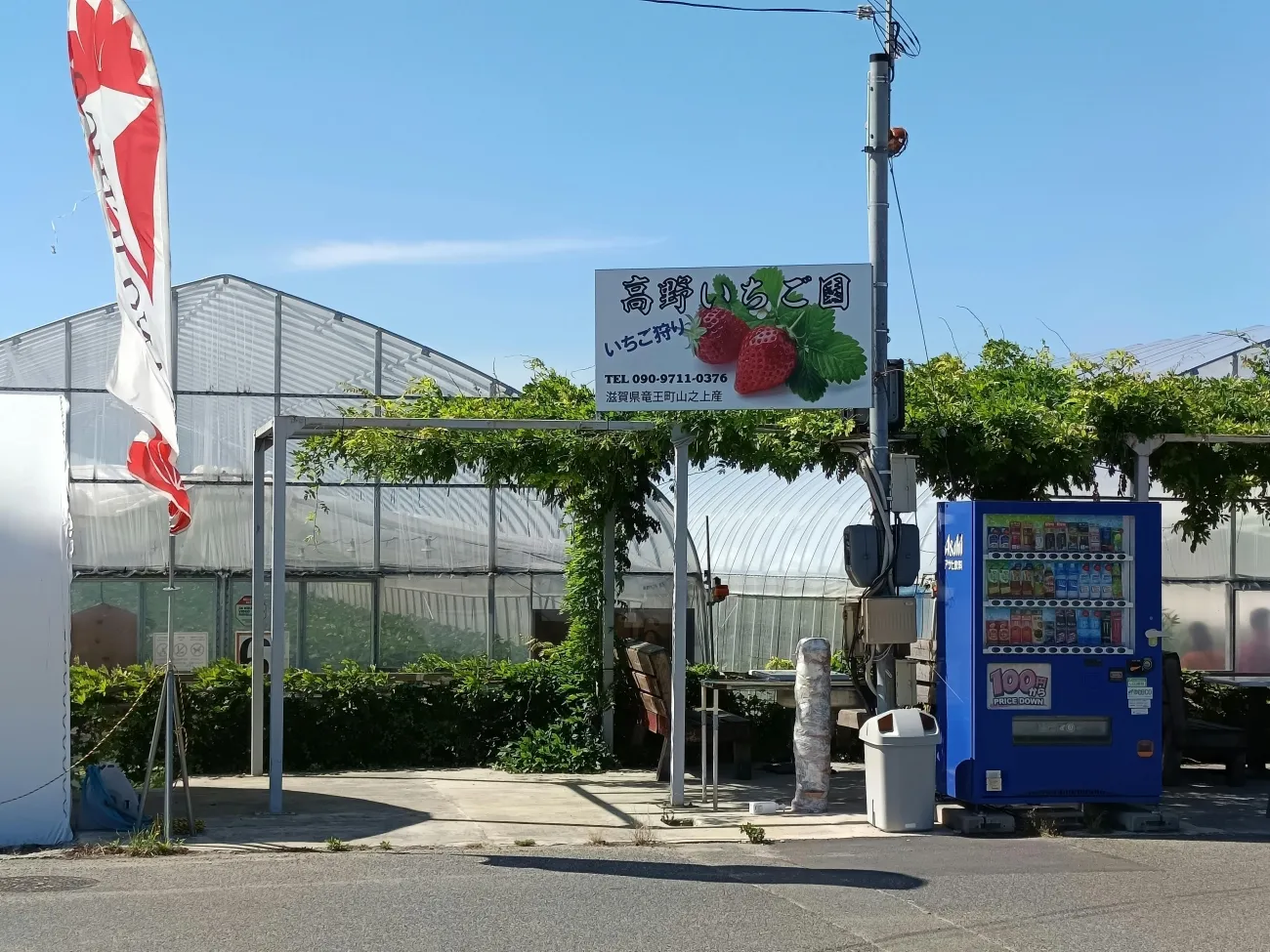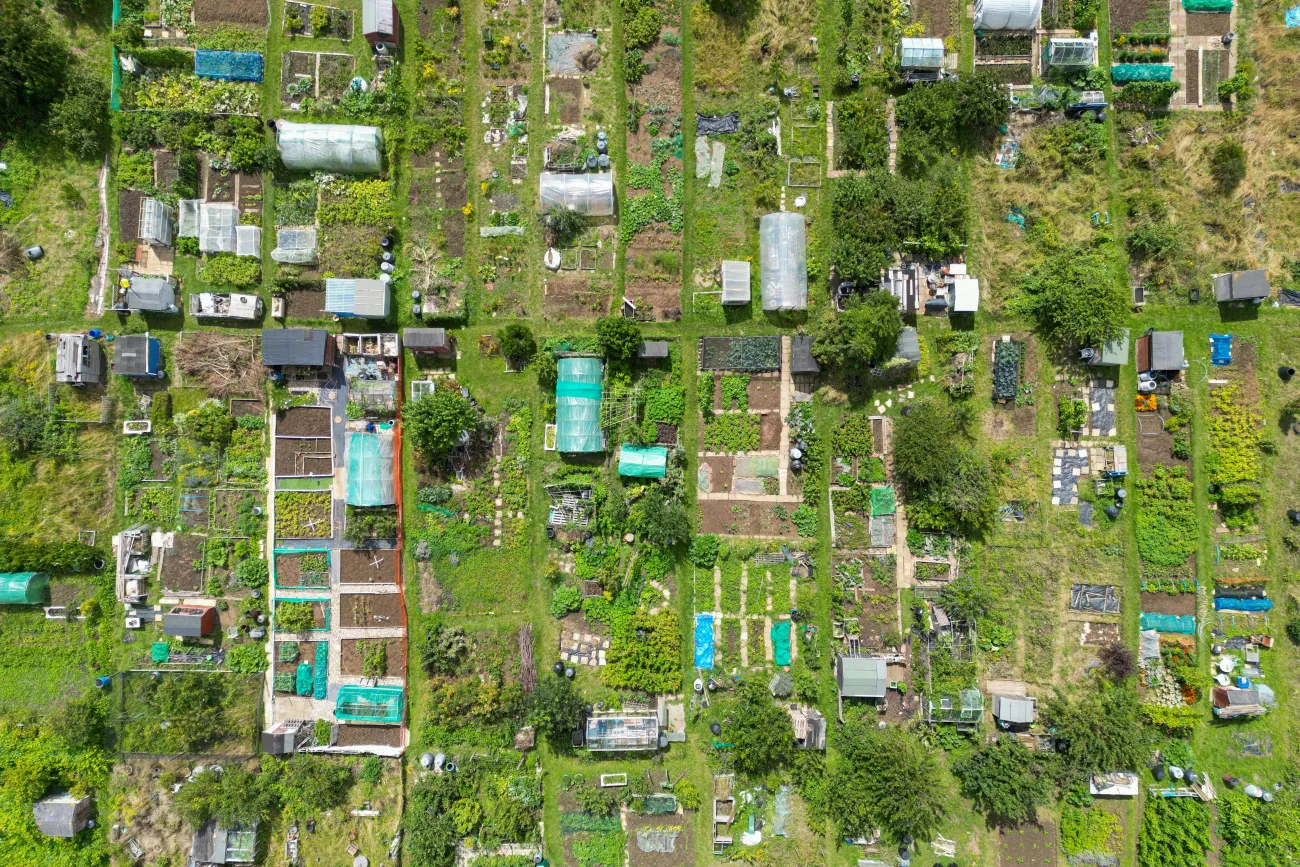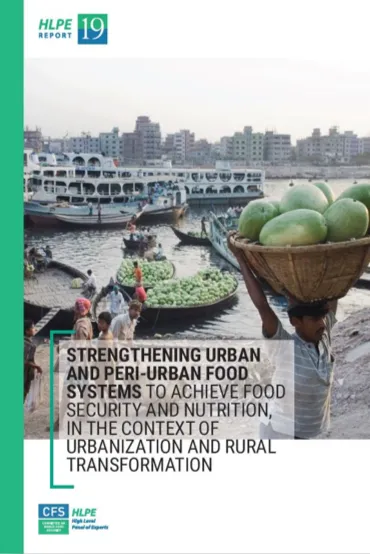This very useful paper provides a much needed analysis of GHG emissions resulting from community urban food growing. The study is located in the London Borough of Sutton ( a suburban part of london) and the area of production covers just under 3 hectares. The study concludes that urban food prodution can deliver useful reductions in GHG emissions as compared with supermarket equivalents, provided that care is taken to produce the crops where there is the greatest environmental comparative advantage.
These include crops that are conventionally grown in heated greenhouses or airfreighted from warmer climates. It emphasises that care should be taken during the design process to select the most strategic crop varieties and cultivation techniques.
Abstract
“The production and supply of food currently accounts for 20–30% of greenhouse gas (GHG) emissions in the UK and the government and nongovernmental organisations are seeking to reduce these environmental burdens. Local authorities all over UK establish community farms with the aim to produce more sustainable food for citizens. This study used environmental Life Cycle Assessment (LCA) to quantify the potential savings of food-related GHG emissions that may be achieved with the establishment of an urban community farm, based on a case study recently found in the London Borough of Sutton. The work identified elements of the farm design that require the greatest attention to maximise these savings. The greatest reductions can be achieved by selecting the right crops: (i) providing the highest yields in local conditions and (ii) usually produced in energy-intensive greenhouses or air-freighted to UK from outside Europe. Implications from further development of the farm on the local, unused land were examined, taking into account market requirements. This showed that land used on an urban fringe for food production could potentially reduce greenhouse gas emissions in Sutton by up to 34 t CO2e ha−1 a−1. Although the percentage of this reduction in total diet emissions is relatively low, the result exceeds carbon sequestration rates for the conventional urban green space projects, such as parks and forests.”
Conclusions:
This analysis for a community farm in Sutton, South London has shown that urban food supply systems can produce considerable reductions in GHG emissions that are potentially larger than for parks or urban forests, by substituting for a fraction of what people consume from normal food supply systems. From this perspective, this form of land use is worth embedding in urban landscapes. However, there is a large variation in the achievable reduction of GHG emissions, which can be evaluated at the farm planning and design stage. The largest reductions can be achieved by giving preference to the crops that are conventionally grown in energy intensive greenhouses or air-freighted before reaching the end-user. Care should be taken during the design process to select the most strategic crop varieties and cultivation techniques. If the “locality” principle is also to be fulfilled, avoiding overproduction of a crop beyond the demand of the defined local market is important. However locality may become a limiting factor for emissions reduction, as transport is not always the most significant GHG component in the supply of food. The “strategic diversification” technique using LCA can successfully be applied to design urban agricultural systems that reduce greenhouse gas emissions from diets while fulfilling other multiple objectives required. In the course of this analysis opportunities for further research and crucial information gaps have also been identified. Such research will further advance understanding of how urban agriculture and conventional food supply systems compare and how community urban farming embedded into the urban design process can contribute to the savings in GHG emissions from food.
Citation
Kulak M, Graves A and Chatterton J (2013). Reducing greenhouse gas emissions with urban agriculture: A Life Cycle Assessment perspective Landscape and Urban Planning, 111, 68-78
The paper can be downloaded here (subscription required). Alternatively you may wish to contact one of the authors, Michal Kulak, an FCRN network member via the network pages of the FCRN website (not you need to be logged into the website to access these papges)
For more reports on urban agriculture on the FCRN website see here.
There are many FCRN members who are interested in / working on urban food growing. We have set up an urban agriculture mini-forum here as a way of connecting you to one another – do please give it a go.




Comments (0)